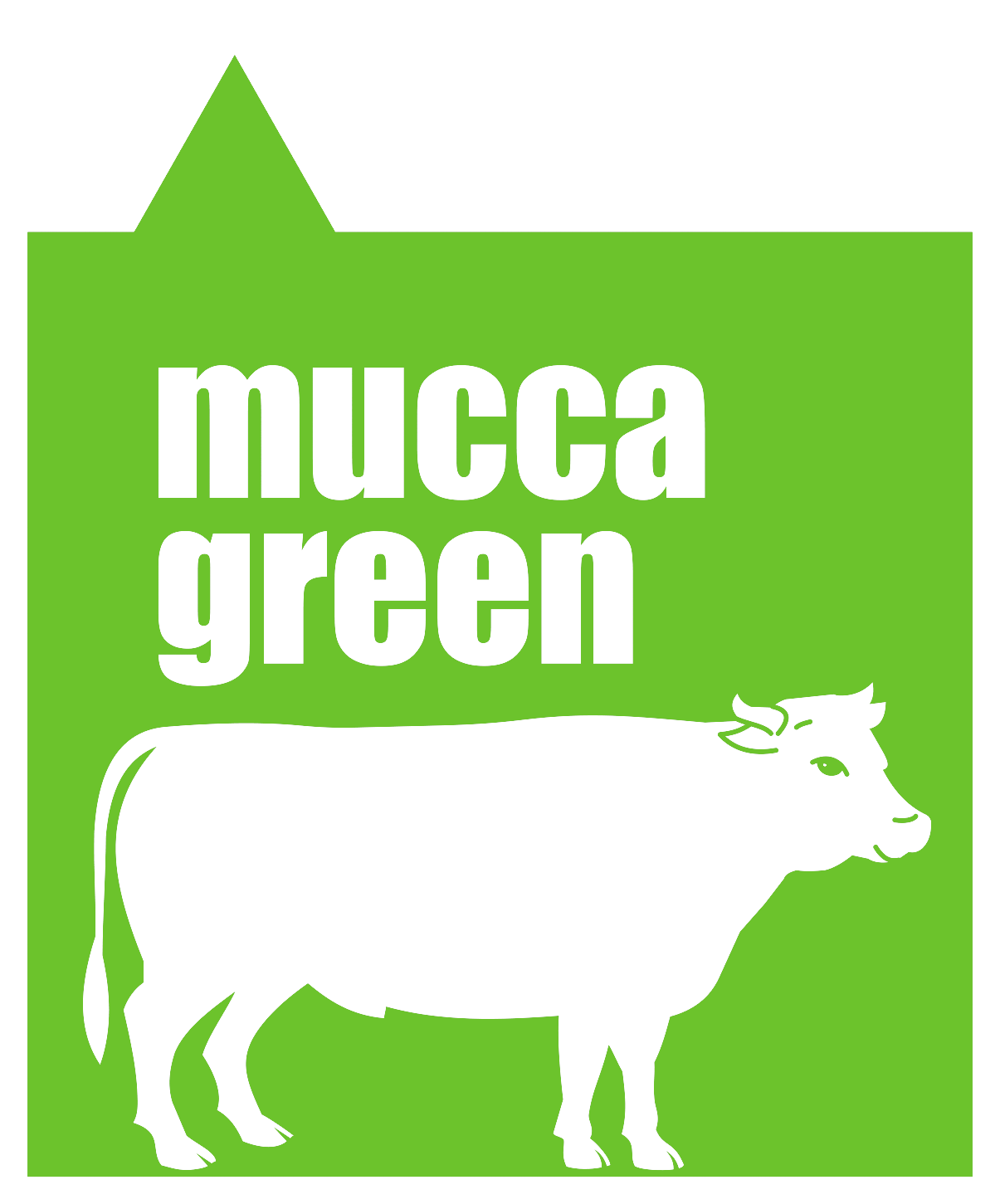Bones
From bones we can obtain many products, useful for art too
After degreasing, from the bones it is possible to obtain discrete amounts of bone tallow, a fluid substance extracted with water or with water vapour and used in the manufacture of soaps, candles and lubricants.
Bovine bones are also very useful for the production of glue and animal black, a pigment that today is used for paintings, prints and calligraphic drawings, as well as in many processes of refinery ranging from sugar to that of crude oil, the removal of fluoride from water and the production of phosphorus. They are also used for the production of feed for pet animals, protein meals, gelatines for food and pharmaceutical use, as a fixative and in photography.
Horn-hoof mixture is an excellent natural fertiliser
From the drying, roasting and pulverisation of bovine horns and nails a natural fertiliser is obtained with a high fertilising efficiency: the horn-hoof mixture. This, among organic fertilisers, has one of the highest contents of nitrogen. Unlike what occurs with chemical fertilisers, the horn-hoof mixture allows a slow release of nitrogen and consequently a greater assimilation by plants throughout their growing cycle. The nitrogen in the horn-hoof mixture is, in fact, contained in keratins, proteins that also in humans are the main component of hair and nails. Besides nitrogen, the horn-hoof mixture also provides large quantities of phosphorus. With the addition of potash it becomes a practically complete fertiliser.
From bone meal, fertilisers and nutritional supplement for our pet
Another fertiliser that can be derived from bovine bones is the bone meal. Obtained by pulverising the bones coming from the slaughterhouses, it is in fact a product widely used in the preparation of quality fertilisers such as the superphosphates, the dust of bones and de-gelatined. From bone meal is also obtained bone ash, which contains calcium phosphate, calcium carbonate, sand, iron oxides, magnesium and aluminium.
Bovine bone meal is very rich in calcium, and is better suited to improve the characteristics of soils that are too acidic, returning them towards neutrality. Bovine bone meal also contains moderate amounts of phosphorus, and small amounts of nitrogen.
Nutrients, minerals and trace elements contained in natural bone meal are not only excellent fertilisers. If mixed with the food ration, it provides our four-legged friends with a major calcium supplement.
The bovine shin, the perfect bone for our dogs
Among the bovine bones there is one which is widespread and very popular, especially with dogs: shin. Stripped and sterilised it is destined to become an ingredient for the so-called "pet food". In fact, shins can be given directly as food, especially to dogs of a certain size. Chewing bovine shin is useful for dogs to reduce plaque and tartar, which are generally formed when they are given only dog biscuits to eat, or other types of dry food.
Production of gelatine in pharmaceutical field
Less well known is the use that is made of hides in the production of gelatine in pharmaceutical field, for the preparation of capsules, suppositories and water-soluble substances.


